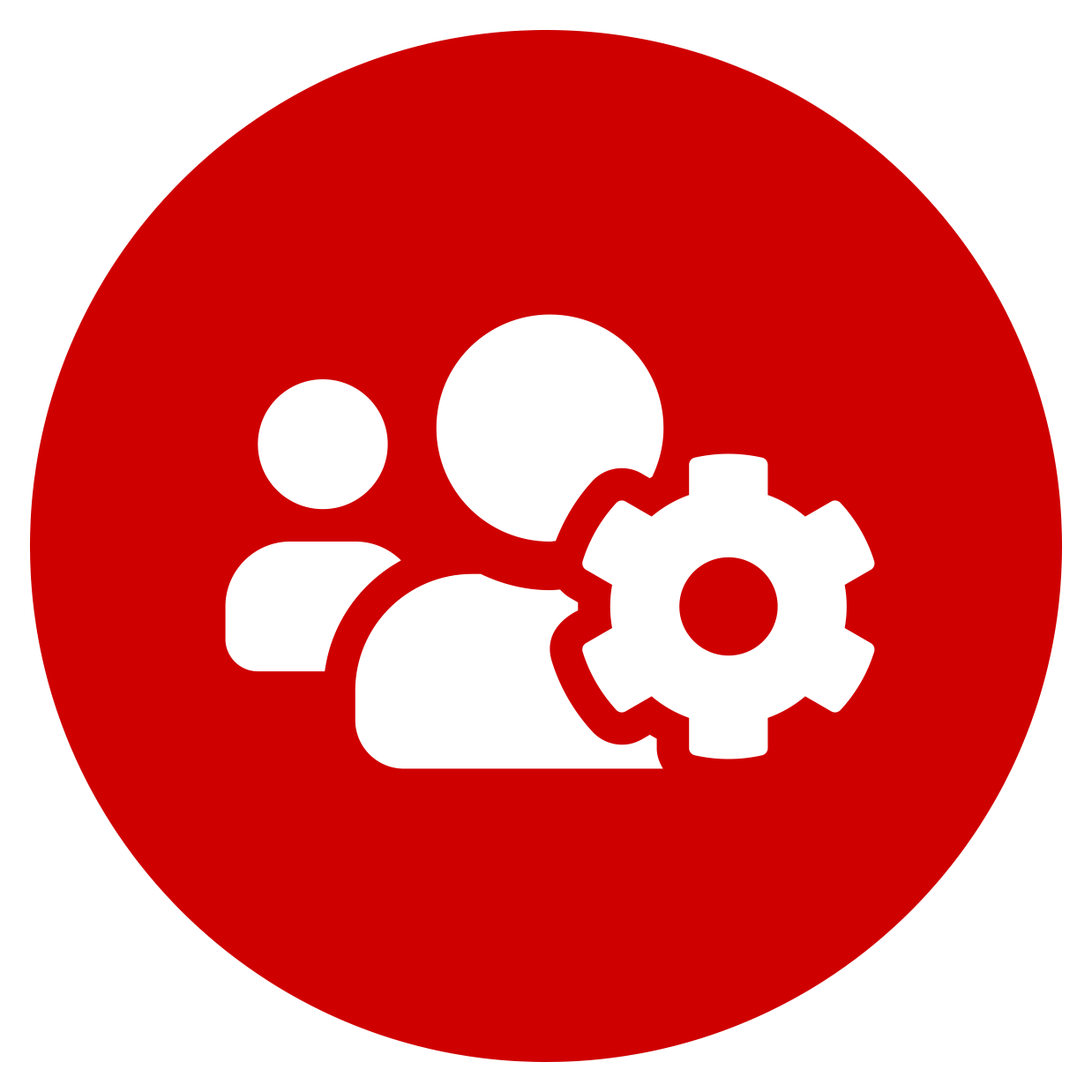Don’t take this personally, but you’ve got issues.
Deep-rooted ones. You see their effects in member attrition and stalled growth, as you compete with fintechs and other disruptors in a digitally transformed environment. To make it more frustrating, you suspect the answers are somewhere in all the data you collect. But you can’t put your finger on those answers and put them to use in a way to divert from unwelcome trends.
How much easier would it be to drive the outcomes your credit union is aiming for if you could quickly transform your data into enterprise-wide action? In other words, actually operationalize your analytics. It would save your organization the time and trouble of having to sift through the data for something of meaning, leading to some kind of action! Getting the most value from your analytics means applying them to executive-level strategies with action items that address systemic issues, such as friction, across various areas – digital, operations, sales, MX. If you’re in perpetual reaction mode – just responding to fires as they spring up – you will never reverse the trends that are truly determinative of your success.
There is a way to achieve greater operationalization of your analytics, but it involves a well-defined process of applying them to target your biggest problems. Properly executed, this process will guide you to the results you want.


“Senior leadership has to provide the vision of the outcome, then intentionally drive the organization toward it.”
– Jennifer Bolivar; Senior Vice President Business Transformation
Suncoast Credit Union’s Jennifer Bolivar, Senior Vice President Business Transformation, is an expert at moving an organization from analytics to enterprise-wide action on key MX issues. From an in-the-field conversation about her work for our client, $15.8B Suncoast CU, we shaped these 7 Keys that a credit union of any size can use to guide the successful operationalization of its analytics:
1. Convey Top-Level Commitment.






When the implemented change creates disruption, senior leadership has to provide the vision of the outcome, then intentionally drive the organization toward it. Far-reaching changes will involve more than just tweaking a process. Introducing a new process may be changing behaviors and mindsets that are deeply rooted. Such change is always difficult and requires communicating, through all levels of the credit union, senior leadership’s wholehearted commitment to change.
2. Adopt a Process Framework.







Because operationalization is not a one-and-done event, you need an established, repeatable methodology for making organizational decisions and agreeing on what each stakeholder is going to do. It can be a popular framework, like Agile, but you can modify it to what you need it to be. The purpose is to get everyone on the same page. If everyone is solving their own individual or team problems, that in itself can create friction. Once you have a process framework in place, be very intentional about using it to solve problems and make improvements across the entire organization. You rarely get to your desired outcomes without a solid and well-defined process.
3. Define the Real Problem.







Jennifer advises “slowing down to speed up”: in many cases, implementing the solution is easy. It is harder and takes longer to define the actual problem.Not just discover it, but validate it by identifying the root causes. This may involve a combination of qualitative and quantitative research to square the member’s or employee’s description of the problem, from their perspective, with the objective transaction data. For example, at first it might look like you need to rework or even abandon an entire process, when in reality changes only need to be made to one step. Go beyond the symptoms and look at the underlying cause of the issue. Be patient – don’t risk moving ahead based on false assumptions that are the product of less-than-thorough analysis. The good news: a problem that has been defined down to its root cause is generally easy to solve. The key to discovering the answer is asking the right questions.
4. Prioritize – Don’t Try to Boil the Ocean.







Odds are that you’re dealing with multiple, well-entrenched problems, such as interdepartmental friction or redundant processes. With limited resources, how do you pick the one or two that the organization is going to spend its time and energy on? Take time to define what success looks like for your organization, then focus on things that are going to get you to those desired outcomes. Develop the discipline to stick to the priority issues that are going to move you toward your key imperatives.
5. Shift the Power of Decision Making.







Don’t be surprised if those used to a long-embedded process are uncomfortable with pushing decision making closer to the frontlines. Holding on to a certain piece of the process can generate a lot of friction. You have to communicate that the value of shifting ownership of some decisions outweighs the risk. Empowering those on the front lines to handle member issues themselves has a potentially high payoff in terms of both member satisfaction and employee accountability. Buy-in to the new way of working comes when the advantages in time savings and efficiency are realized, and when employees discover their jobs are actually easier now.
6. Brace for Impact (of Change).







When significant adjustments are required, not everyone is going to be immediately comfortable with how it affects their role or duties. Nurturing a culture that recognizes and supports the challenges that come with change takes intentional effort. You have to disseminate a cultural mindset that embraces change. Dynamic organizations recognize that conflict is a normal, healthy part of an organization’s growth. What emerges is a stronger, more cohesive team.
7. Build on Easy Wins.







If you start by resolving less technical or complex challenges, you’ll get a snowball effect as trust builds up around the demonstrated effectiveness of the process. Then you can start solving the more complicated problems that spark a higher degree of change, which people tend to resist. Success breeds success, and cultivating a higher tolerance for change will increase the likelihood of progressively greater wins.
After you’ve established and executed on your plan to address your priority issues, don’t overlook the next crucial step: ensuring through ongoing measurement and accountability that your organization is actually fixing its priority issues: did the change deliver the desired results? Without this validation of the process by assessing impact of the change, you could very well be confidently going in the wrong direction!
I really want to drive home the point of leading indicators versus lagging indicators: in order to impact the lagging indicators, your leading indicators have to be solid and in place all along the way. For example, you should be benchmarking before you begin your change process, then measuring again during – at key impact points – and after implementation. Don’t wait for the lagging indicators in next quarter’s balance sheet to find out if your process is actually getting the results you want. Immediately engage with leading indicators to measure the effect of change, so you can pivot immediately, if necessary, in the right direction. Knowing what, when, and how to measure is key for every senior executive that wants to drive change by transforming their organization’s data into enterprise-wide action. That’s how you operationalize your analytics to intercept your most pressing challenges – for today and all your tomorrows.
Collaborative questions to introduce to your executive team:
- What kind of data are we using to drive our decision making?
- What steps are we taking to validate a perceived problem?
- How easy is it for us to actually drive action based on our MX and EX feedback analytics?
We’re here to help with member experience research, data-driven MX management, translation of feedback analytics into actionable insights – just the right expert services and solutions to help you take control of your most pressing problems – now.






















